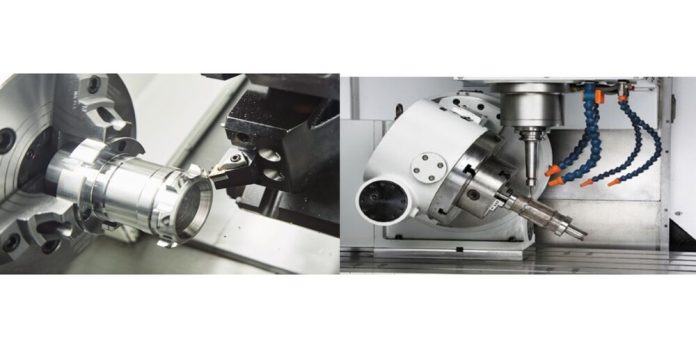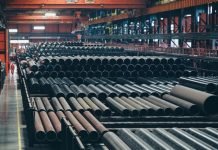CNC manufacturing services can be expensive and time-consuming. You’re tired of waiting months for your order to come in and having to chase suppliers repeatedly. You want everything to be as easy as ordering a pizza online. One of the most challenging aspects of any manufacturing and industrial process is the ability to design and create prototypes. Many companies struggle when creating the necessary parts or prototypes.
At Wayken CNC machining services, their team of experienced engineers with two decades of experience is dedicated to finding the best designs for your unique needs. Their technology allows them to use subtractive manufacturing techniques to create complex geometries that you can’t manufacture from any other process.
This article will discuss the subtractive manufacturing techniques that Wayken uses to provide services to its customers.
What is Subtractive Manufacturing?
Subtractive manufacturing is a process that makes parts by removing material from a solid block of material to leave the desired shape. CNC machining is subtractive manufacturing in which computer software, hardware, and machinery are used to form the desired product.
Subtractive manufacturing is a process commonly known as CNC machining. Using an advanced computer and computer-controlled milling tool to remove excess material from the workpiece until it reaches the desired shape and size.
The more complex the shape, the more time-consuming and precise the process. Subtractive manufacturing (traditional machining) is the opposite of additive manufacturing (3D printing).
Applications
1. Drilling
Drilling is one of the most common operations in subtractive manufacturing. Drilling is used for
1) cutting a hole in the stock material and
2) drilling precise, deep holes into hard materials with high rigidity, such as metals.
By using advanced CNC milling machines and advanced drill bits, precise holes can be drilled easily.
2. Cutting
The term “cutting” has been used to describe several different processes. The most common form of cutting involves the removal of material from a solid block by using a cutting tool.
CNC machining using subtractive manufacturing is one such process. According to the given specifications, the part (or workpiece) is removed from the stock material with a cutter or tool.
3. Engraving
CNC machining adds a layer of beauty, complexity, and dimension to any material. Engraving is the most common process used for subtractive manufacturing.
It essentially burns away a thin layer of material using a sharp cutting tool, like a drill bit on an end mill, to create the desired image or text.
4. Milling
In simple terms, it’s a way to cut and shape parts. Though there are many different milling processes, they all use some machine tool such as a drill press or vertical milling machine (VMC).
During the process, an end mill—also known as a cutting tool—is held by the tool holder along its axis while rotating at high speed against a stationary workpiece. It rapidly shears off layers from the material until it has been wholly carved away with the desired profile.
5. Turning
Turning on CNC is subtractive manufacturing, which means the material is usually removed from the component’s stock material.
So, unlike processes like injection molding, which are based on a positive and negative material, turning on CNC uses negative forms with positive stock material that’s being milled or drilled away bit by bit.










